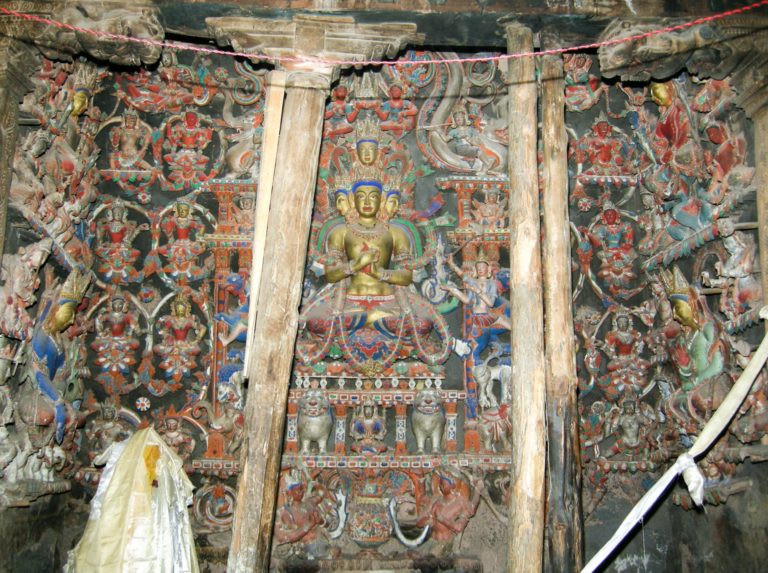Critical Themes in Early Tibetan Art
Series of lectures by Christian Luczanits
Directeur d’eÌtudes inviteÌ, EPHE, mai 2021
Program (Lectures in English, on Zoom):
- Jeudi 6 mai 2021 de 10h à 12h : The Development of the Mandala
- Mercredi 12 mai 2021 de 10h à 12h : The Importance of Alchi Monastery
- Jeudi 20 mai 2021 de 15h à 17h : The Tibetan Teacher as a Buddha
- Mercredi 26 mai 2021 de 10h à 12h : Visual Programs and Thematic Sets
Résumé / Abstract:
The proposed lectures will focus on four themes critical for a better understanding of early Tibetan Buddhist art and its development. In each case, the Tibetan contribution is crucial and establishes conventions that become characteristic of later Tibetan art. Each example reveals the intellectual process that underlies the conception and making of artworks, and informs about their purpose. Further, each theme will be discussed on the basis of portable and monumental depictions and using examples in different artistic media.
The development of the mandala is the direct product of Tibetan attempts to harmonise diverse Buddhist tantric traditions inherited from India, and explains the differences to East Asian expressions of the mandala even if they are based on the same sources. Tracing this development is also crucial for a better understanding of the different parts of the mandala and their function. Alchi monastery, in Ladakh, has been founded in the late 12th century and demonstrates the interpretative process that transforms mandalas in Tibet. The extremely high quality art of Alchi also stands at the threshold of new trends in the public presentation of Tibetan Buddhism carried by newly established schools, in particular the diverse Kagyü schools. The representation of the Tibetan teacher as a Buddha is a direct outcome of these new trends and goes hand in hand with the popularisation of painted scrolls (thangka). Thereby the artwork may quite literally be a replacement of the teacher, both conceptually and physically. Be it in the case of monuments or portable artworks, often their full meaning can only be understood when considering that these were not conceived in isolation, but as part of a visual program or a set of objects in a particular spatial relationship. Recovering this conceptual process reveals a deeper or even hidden layer of meaning and even may have direct impact on an artwork’s appearance.
Together, the four lectures will demonstrate how the process of adoption and adaptation of Buddhism in Tibet has led to the distinctive expression of Buddhist art found in the Himalayas. Thereby the material quality of the works is complemented by an intellectual depth the unravelling of which is a journey of discovery.
Zoom link:
https://zoom.us/j/94114134675?pwd=UkFxcUQ4UVhuR0pvTG5JMzRiMEV0dz09
Meeting ID: 941 1413 4675
Passcode: pVvvG1


